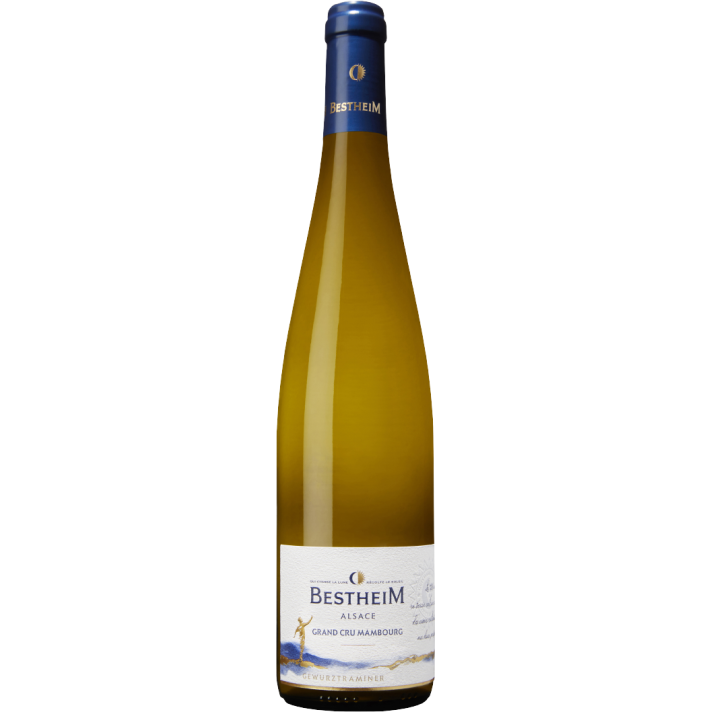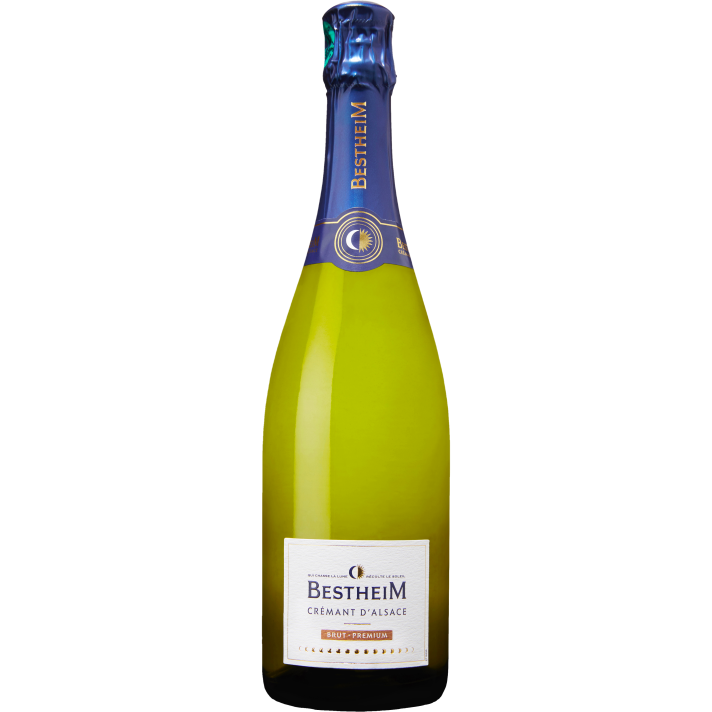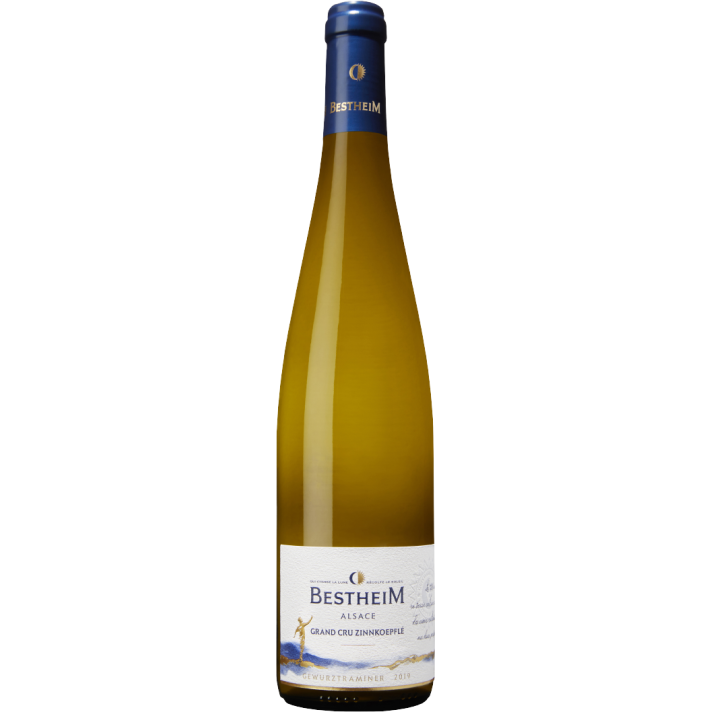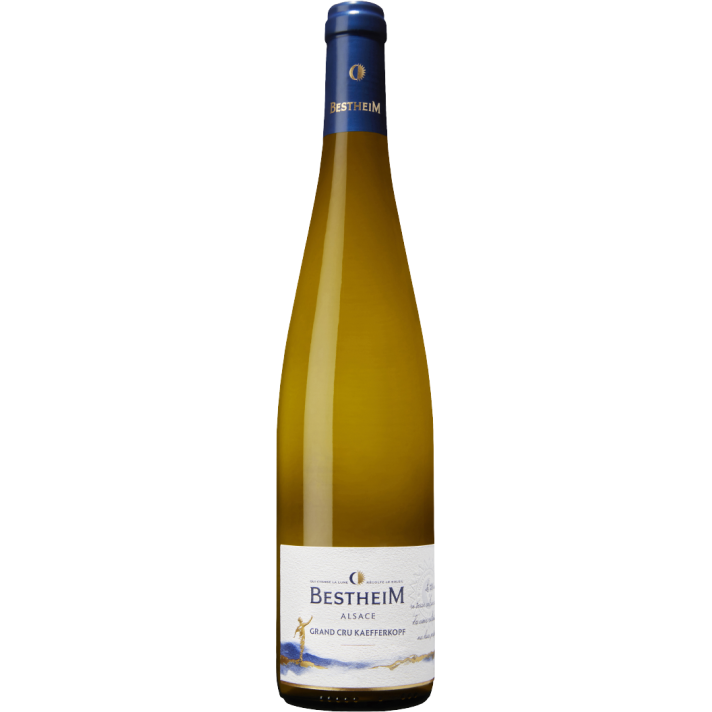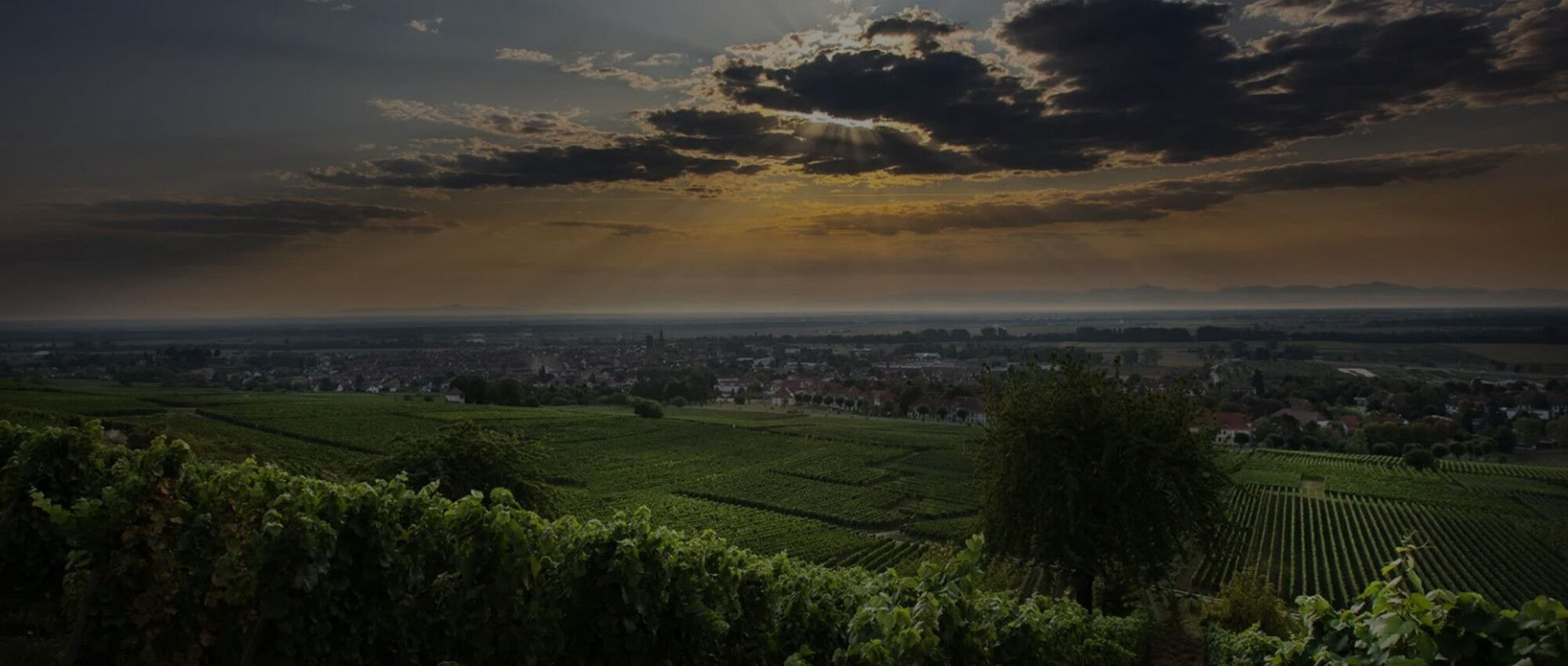
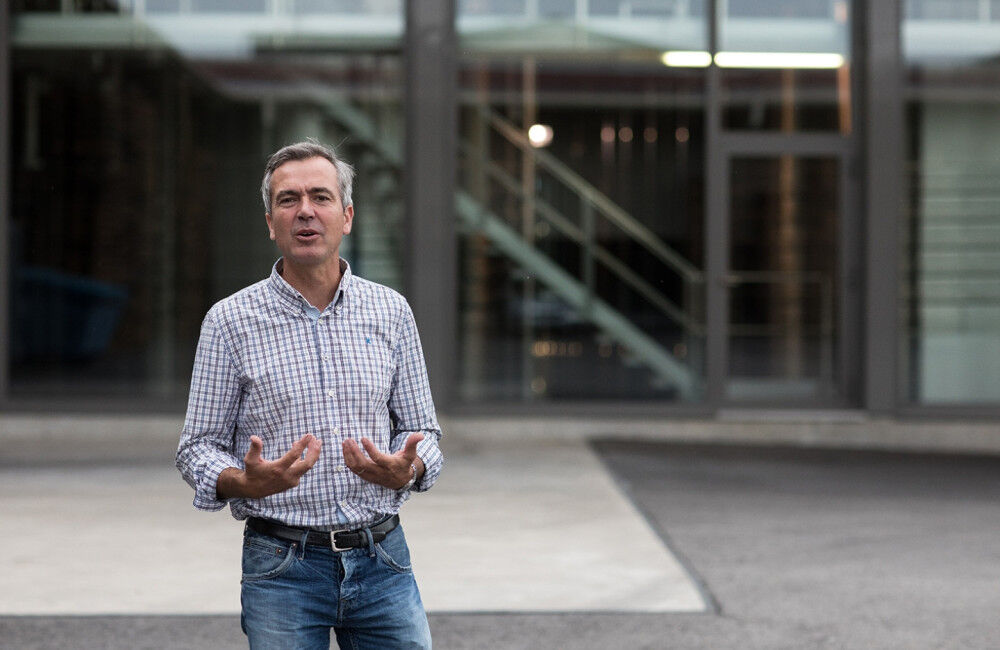
Our ancestors, the "Moon Chasers"
They were bold, tenacious men who wanted to live off the beaten track... It took them a lot of audacity and tenacity to tirelessly rebuild walls and vineyards after the destruction that occurred during the wars in Alsace.
Take the terrible winter of 1944, for example. After the violent fighting that took place during the Second World War, only the stones remained of our Alsatian villages. And even before rebuilding their houses, the winegrowers of these "martyred villages" decided to build a communal winery and then organize themselves into a cooperative in order to vinify and sell their production together. Quite a challenge thrown down to heaven!

Traditions of daring and freedom
"We are called the 'Chasseurs de Lune' (Moon Chasers) and we are proud of it. Proud of our villages, of their traditions of daring and freedom. Proud, above all, of our ancestors who knew how to establish the quality of Alsace wines. 'Moon Chasers'? We will be so more than ever in the future."
René AMANN
Vintner and President of the Bennwihr Wine Cellar from 1984 to 1995
Discover a selection
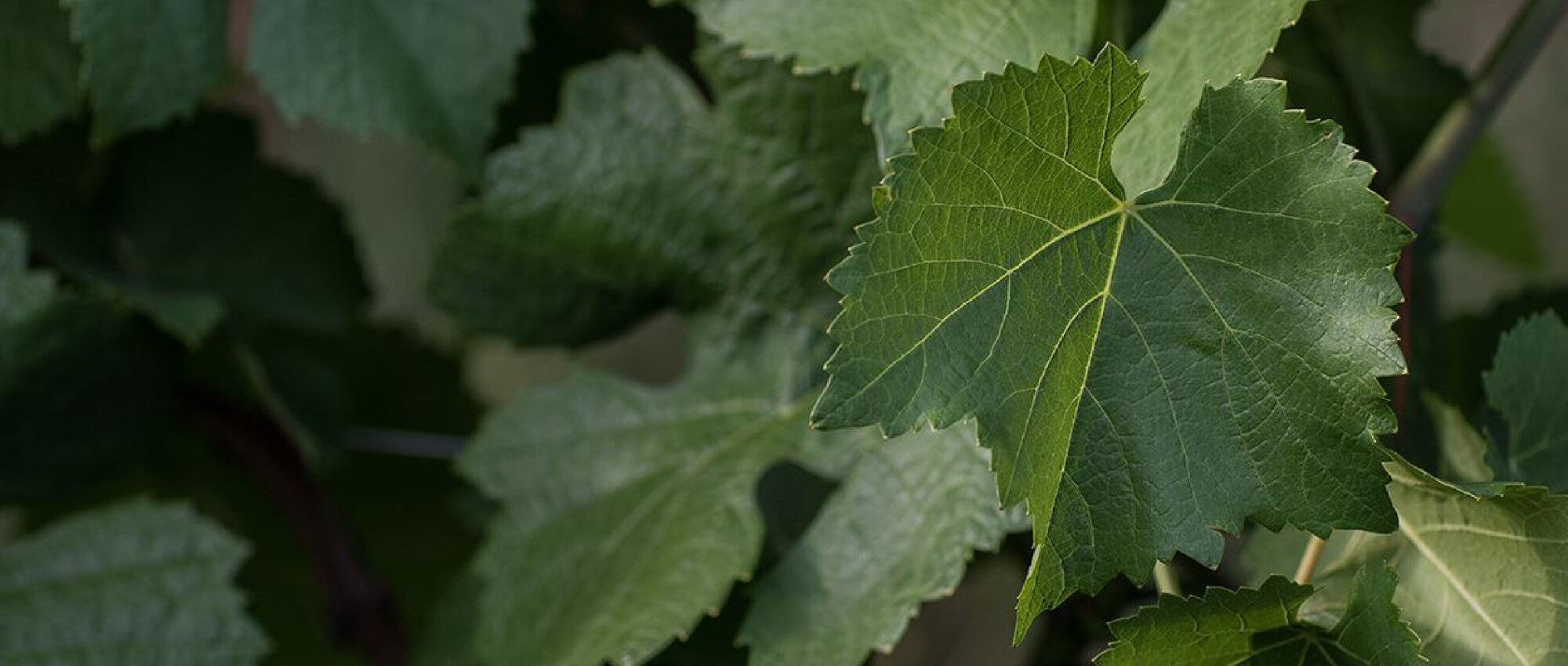
"They say we dream of reaching the moon. But we also have our feet firmly planted on the ground. On our land, which we tread and work every day. On our sun-drenched Alsatian hillsides, which produce these frank, fragrant, elegant wines... We have already found the gold of the "Moon Hunters"..."
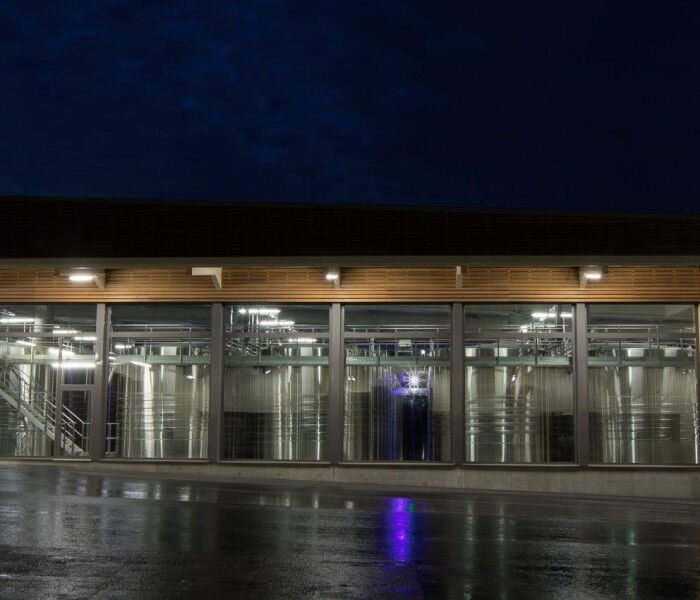
Rigorous on a daily basis
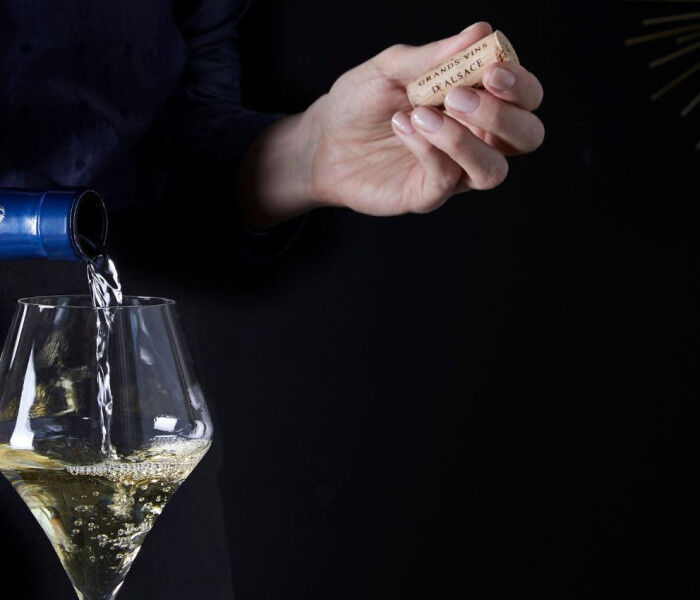
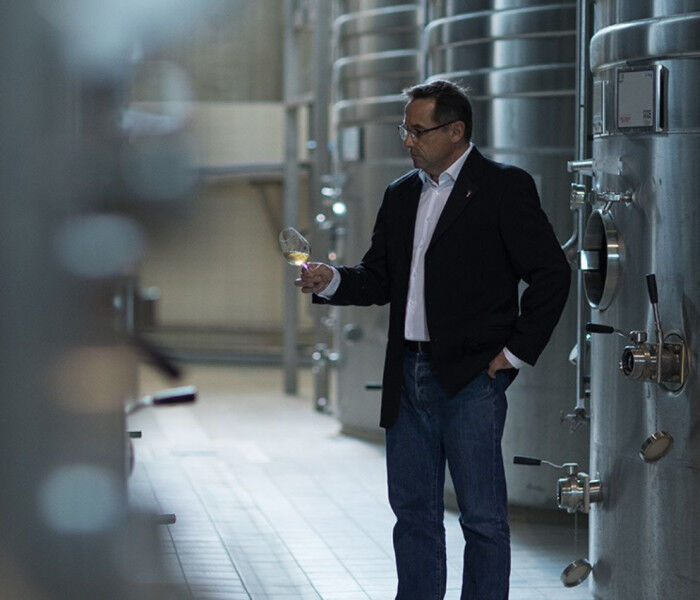
Questions you may have
When planning a meal, we often wonder about the order in which wines should be served at the table. When is the best time to taste a particular wine? There are a few basic guidelines, but the most important thing is to ensure that the tasting is consistent and enjoyable.
To avoid making mistakes, we recommend following these five rules:
- Organize the wine tasting by color: start with sparkling wines (such as Crémant d'Alsace or Champagne), white and/or rosé wines, then red wines
- Start with the lightest wines before moving on to the more powerful ones.
- Taste dry wines before sweet wines.
- From simpler wines to more complex wines.
- Young wines before older wines.
To find out more, read our article on the subject.
An appellation is an official French label issued by theINAO (Institut National des Appellations d'Origine), part of the Ministry of Agriculture. This labelidentifies a product whose manufacturing stages (production and processing) are carried out in the same geographical area and according to recognized expertise. There are several types of appellations: AOP ( Appellation d'Origine Protégée), AOC ( Appellation d'Origine Contrôlée), andIGP ( Indication Géographique Protégée).
White wine is the best choice to accompany melted cheese. Choose a white wine that is not too dry, but with a nice freshness, such as Pinot Blanc Classic. The idea is that the wine should have enough roundness (i.e., voluptuousness) to complement the fattiness of the cheese. If the wine is too harsh, dry, or mineral, it will seem harsh alongside this well-rounded dish. Nevertheless, it is important that the wine retains enough freshness, and therefore a nice acidity, to "rinse" the palate, refresh it, and thus counterbalance the richness of the melted cheese.


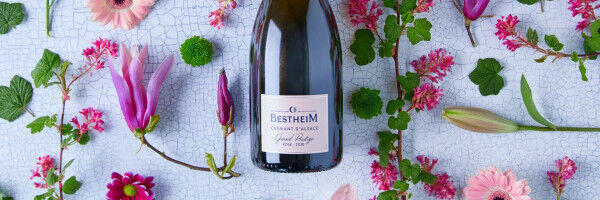
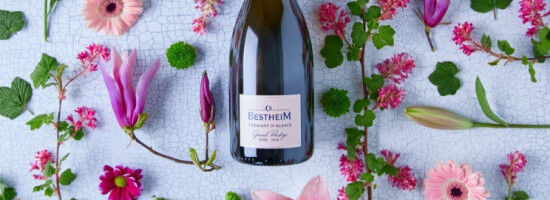
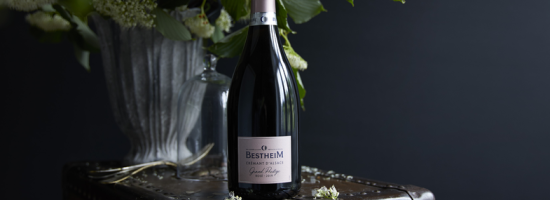
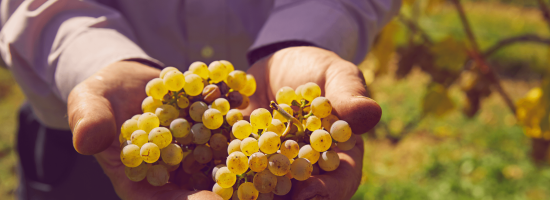
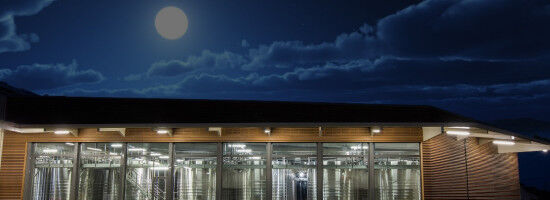
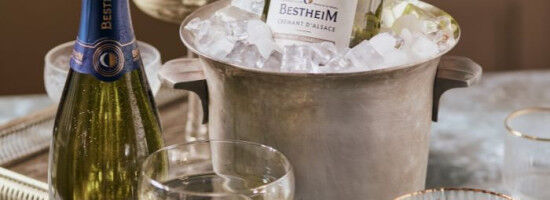
 English
English
